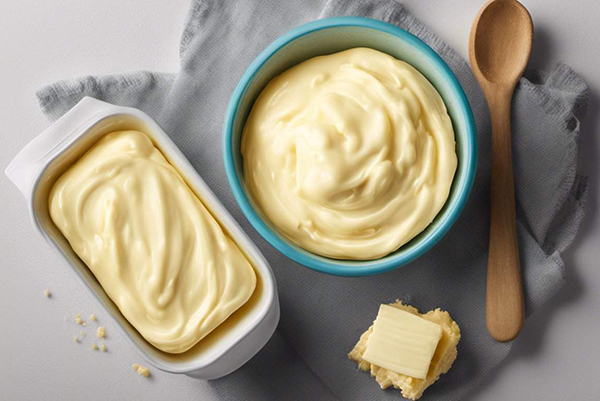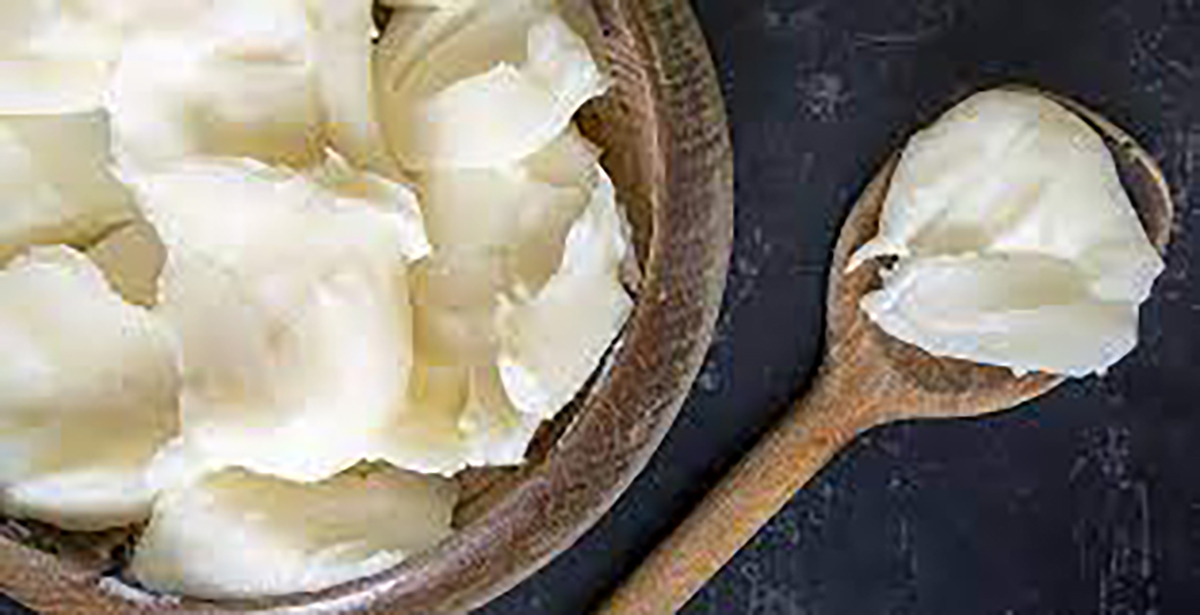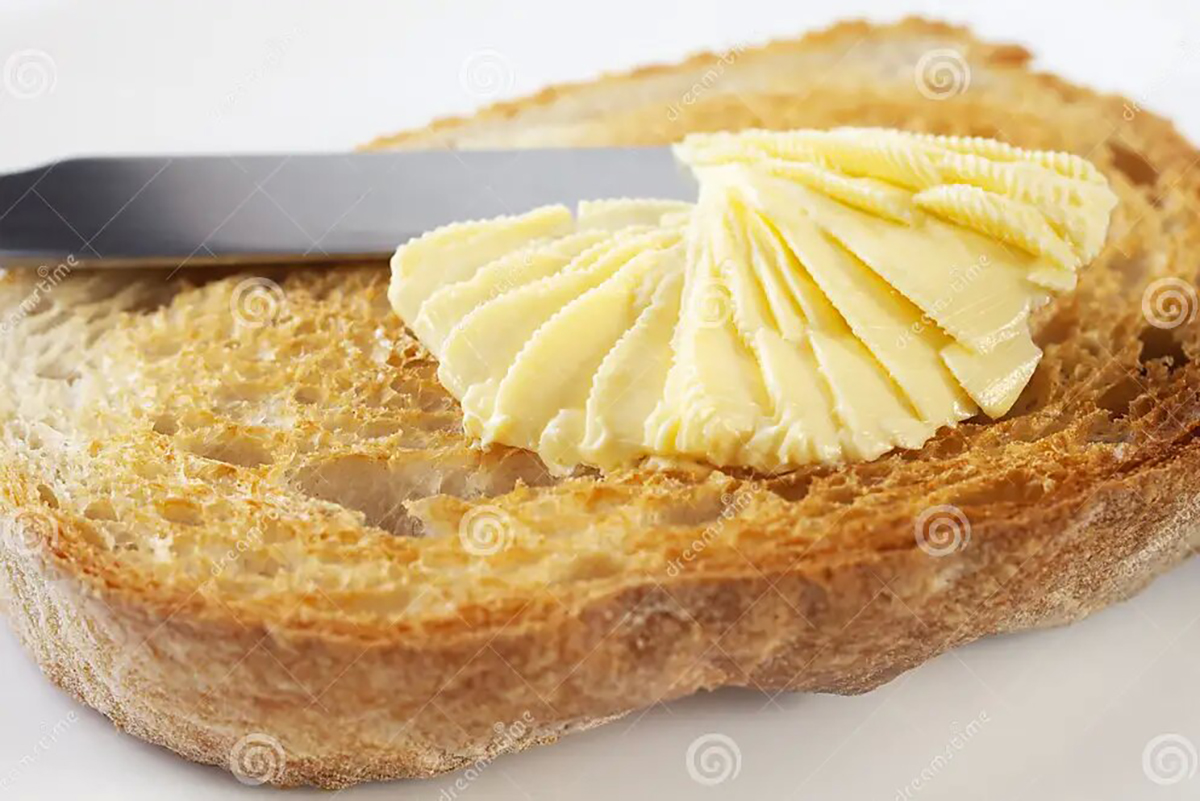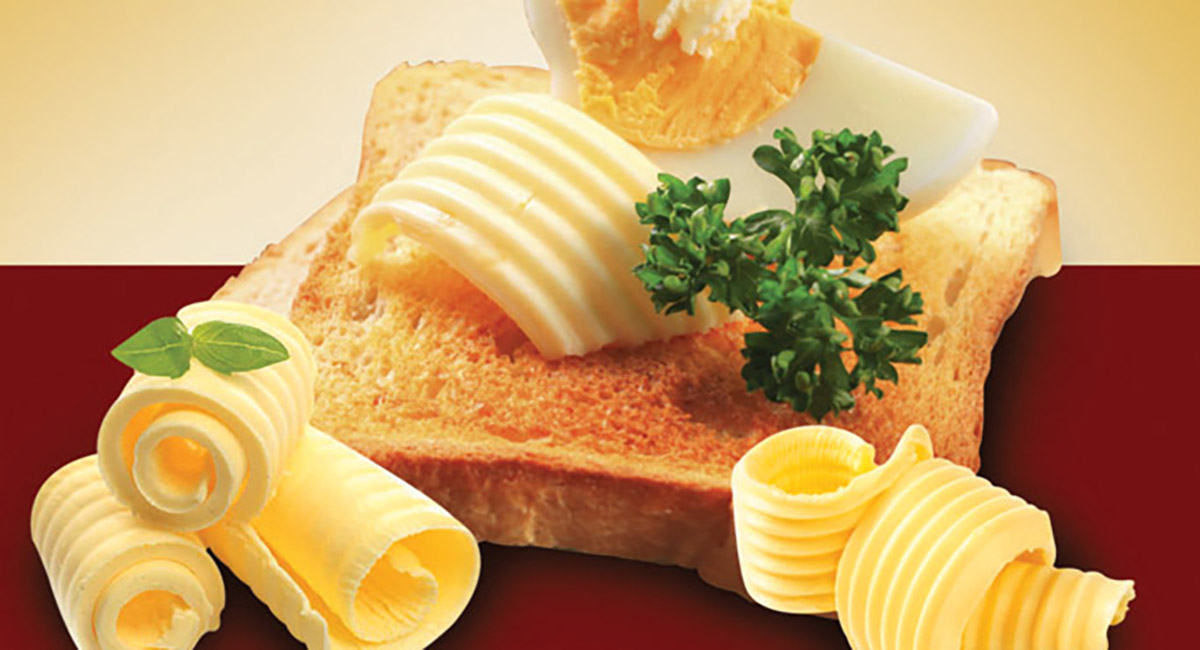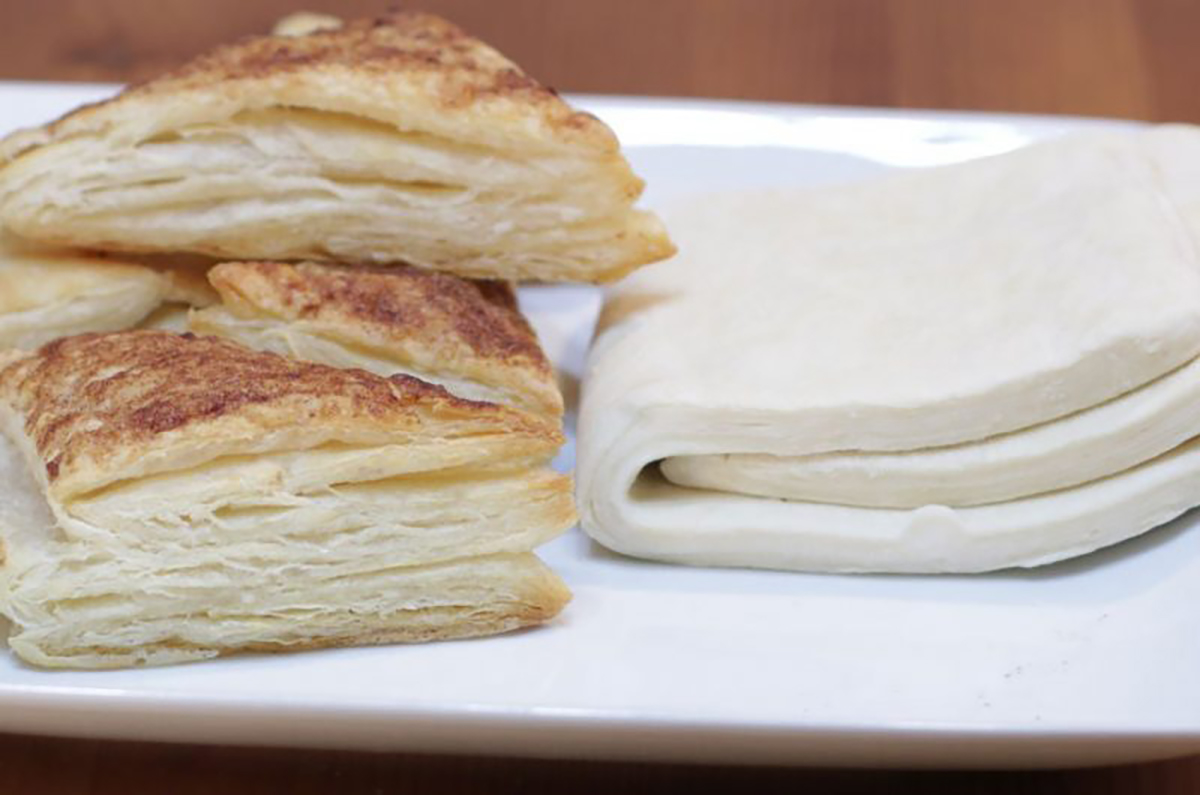What is the Difference between Shortening, Soft Margarine, Table Margarine and Puff Pastry Margarine?
Certainly! Let's delve into the distinctions among these various types of fats used in cooking and baking.
1. Shortening (shortening machine):
Shortening is a solid fat made from hydrogenated vegetable oil, typically soybean, cottonseed, or palm oil. It is 100% fat and contains no water, making it useful for certain baking applications where the presence of water could alter the texture of the final product. Here are some key characteristics of shortening:
Texture: Shortening is solid at room temperature and has a smooth, creamy texture.
Flavor: It has a neutral flavor, which makes it suitable for various recipes without imparting any distinct taste.
Function: Shortening is commonly used in baking to create tender and flaky pastries, biscuits, and pie crusts. Its high melting point helps create a crumbly texture in baked goods.
Stability: It has a long shelf life and can withstand high temperatures without breaking down, making it suitable for frying and deep-frying. (shortening machine)
2. Soft Margarine (margarine machine):
Soft margarine is a spreadable fat made from vegetable oils that have been partially hydrogenated to achieve a semi-solid state. It typically contains water, salt, emulsifiers, and sometimes added flavors or colors. Here are its characteristics:
Texture: Soft margarine is spreadable straight from the refrigerator due to its semi-solid consistency.
Flavor: Depending on the brand and formulation, soft margarine can have a mild to slightly buttery flavor.
Function: It is often used as a butter substitute for spreading on bread, toast, or crackers. Some varieties are also suitable for cooking and baking, although they may not perform as well as shortening in certain applications.
Stability: Soft margarine can be less stable at high temperatures compared to shortening, which may affect its performance in frying or baking.
3. Table Margarine (margarine machine):
Table margarine is similar to soft margarine but is specifically formulated to resemble the taste and texture of butter more closely. It typically contains water, vegetable oils, salt, emulsifiers, and flavorings. Here are its characteristics:
Texture: Table margarine is soft and spreadable, similar to butter.
Flavor: It is often formulated to have a buttery taste, although the flavor can vary depending on the brand and ingredients used.
Function: Table margarine is primarily used as a butter substitute for spreading on bread, toast, or baked goods. Some varieties may also be suitable for cooking and baking, but again, performance can vary.
Stability: Like soft margarine, table margarine may not be as stable at high temperatures as shortening, so it may not be ideal for frying or high-temperature baking.
4. Puff Pastry Margarine (margarine machine & resting tube):
Puff pastry margarine is a specialized fat used specifically in the production of puff pastry. It is formulated to create the distinctive layers and flakiness characteristic of puff pastry. Here are its characteristics:
Texture: Puff pastry margarine is solid and firm, similar to shortening, but it has specific properties that allow it to laminate (form layers) within the pastry dough during the rolling and folding process.
Flavor: It typically has a neutral flavor, similar to shortening, to ensure it doesn't interfere with the taste of the final pastry.
Function: Puff pastry margarine is used exclusively in the production of puff pastry dough. It is layered between the dough during the rolling and folding process, creating the characteristic flaky texture when baked.
Stability: Puff pastry margarine must have the right balance of firmness and plasticity to withstand the rolling and folding process without breaking or melting too quickly. It needs to maintain its integrity during baking to ensure proper layering and rise of the pastry.
In summary,
while shortening, soft margarine, table margarine, and puff pastry margarine are all fats used in cooking and baking, they have distinct characteristics and are suited to different culinary applications. Shortening is primarily used in baking for its high melting point and ability to create tender, flaky textures. Soft and table margarine are spreadable fats used as butter substitutes, with table margarine often formulated to mimic the taste of butter more closely. Puff pastry margarine is a specialized fat used exclusively in the production of puff pastry to create its characteristic flakiness and layers.
Post time: Apr-12-2024

